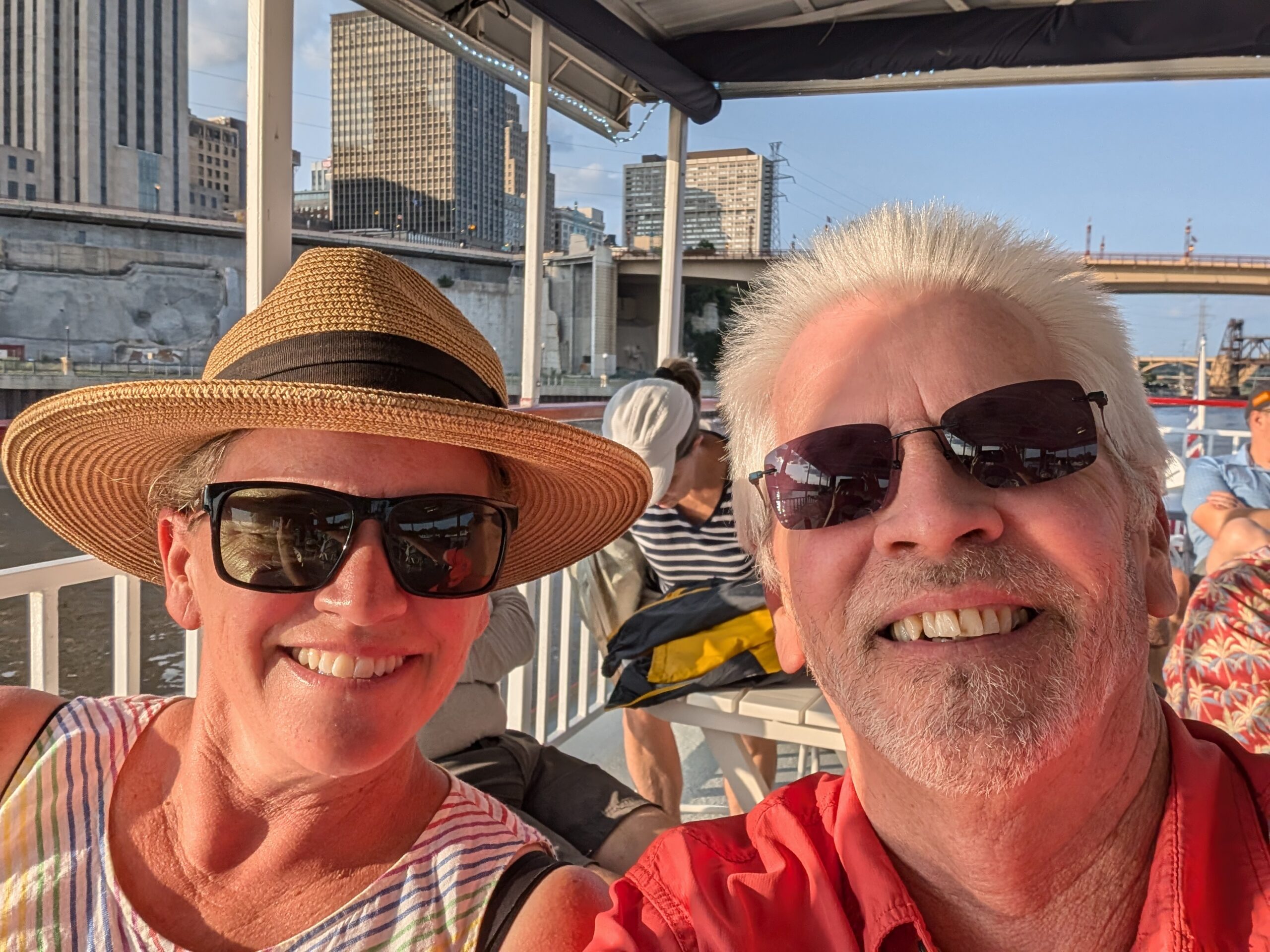
Yesterday, Tom and Tammy embarked on the Mississippi Park Connection’s History Cruise. It was just the two of them and a good time for father and daughter to be together without distraction. I had a similar experience on a Mississippi River cruise with Greg and his family a few years ago.
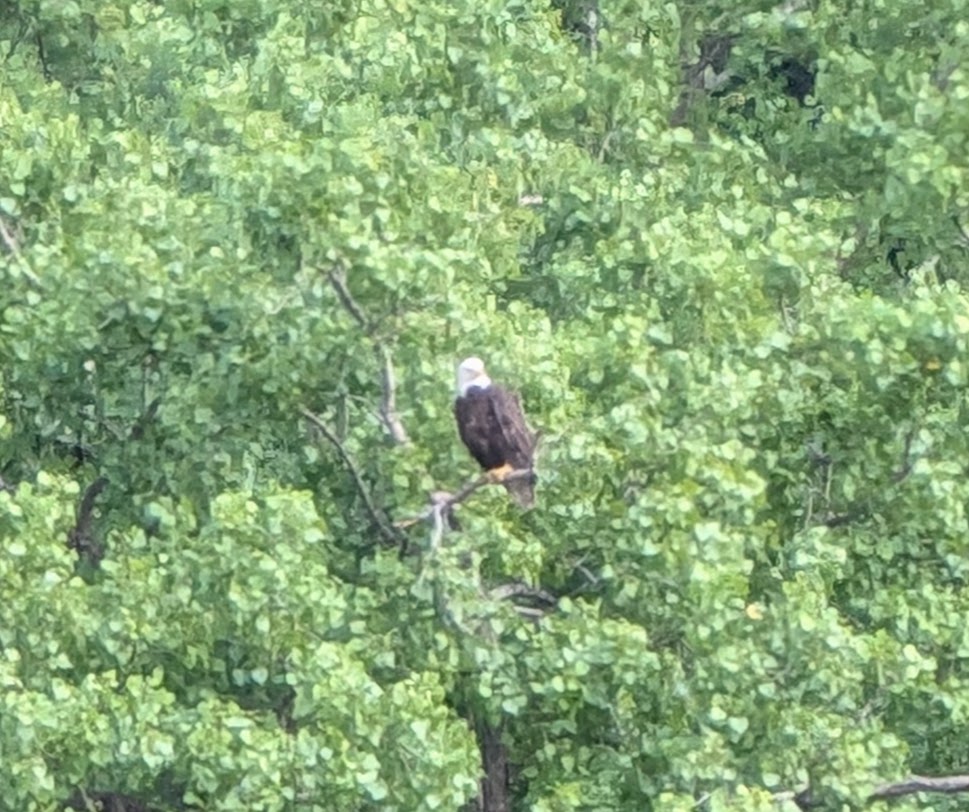
From this site, information about the History Cruise for our many readers in Minnesota:
“Boarding begins at 5:30 pm; the boat leaves promptly at 6. Enjoy a riverboat cruise on the spectacular Mississippi River and participate in a program led by the National Park Service and a special guest speaker. More details are coming soon. In addition to gaining more knowledge from our guest speakers, participants will enjoy wildlife, scenic sunset views, and a cash bar.
Price:
$30 for members
$35 for non-members.
Learn more about becoming a member at parkconnection.org/membership. Are you a member and forgot your exclusive member promo code discount? Email info@parkconnection.org
Directions and Parking:
Watergate Marina
2500 Crosby Farm Road
St. Paul, MN 55116
Free parking will be available in the marina parking lot. Seating is limited. Registration is required.
History Cruise Dates
July 18
Aug 15
September 5″
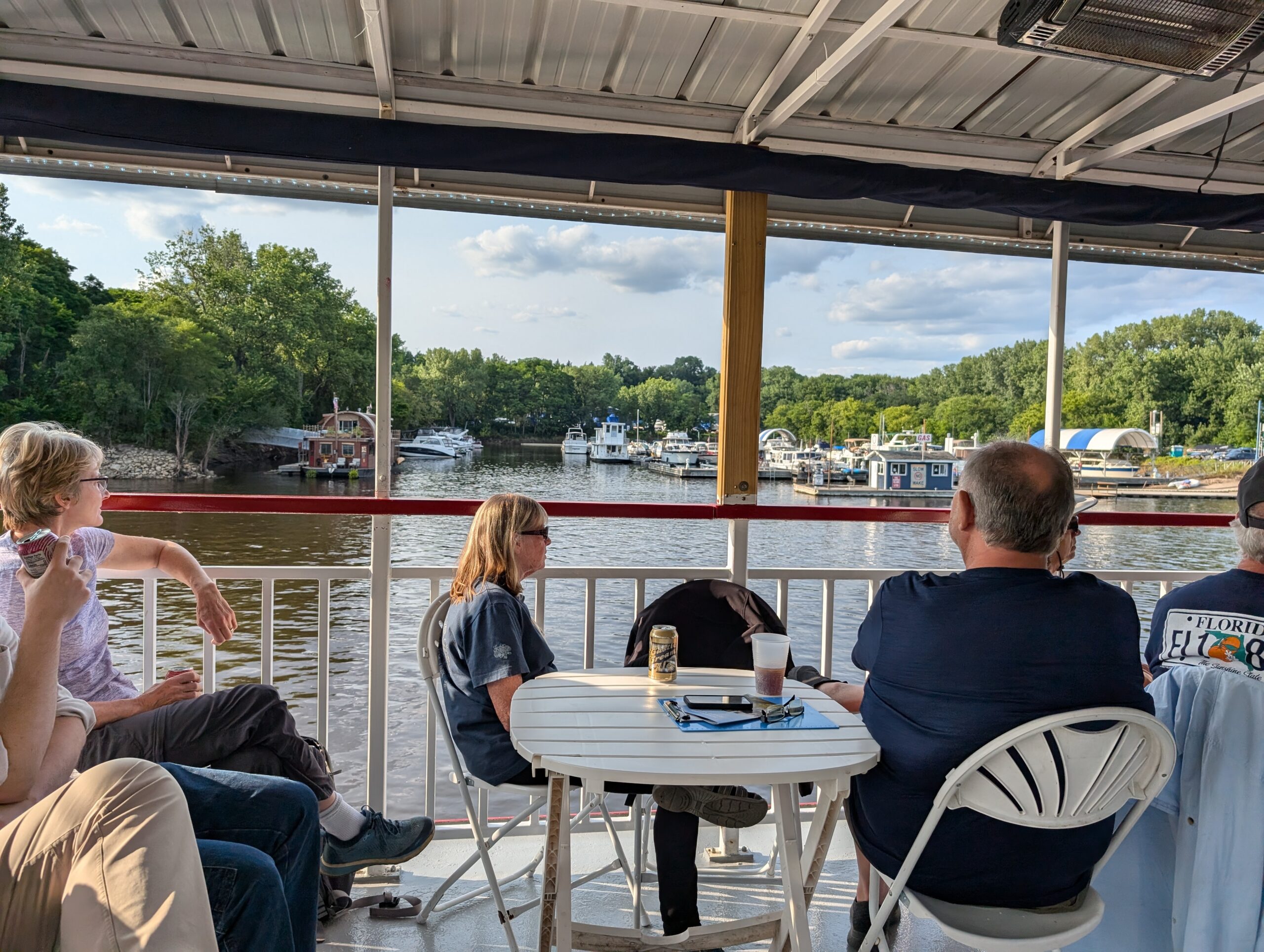
Embarking on a history cruise along Minnesota’s rivers offers a unique and immersive experience that delves into the state’s rich and diverse past. As the vessel glides along the waterways, passengers are transported back in time, discovering stories of indigenous cultures, early settlers, and significant events that have shaped Minnesota’s identity.
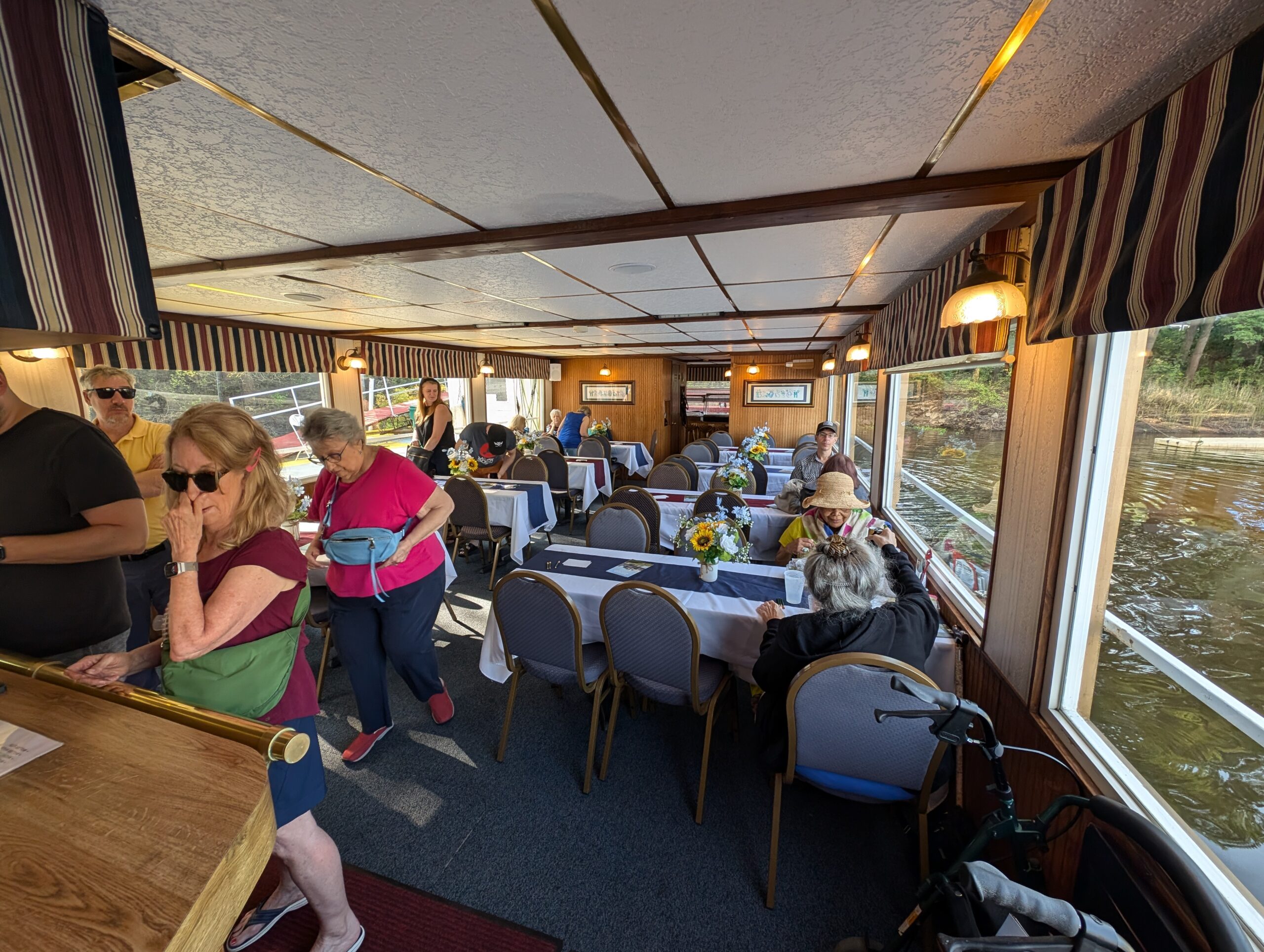
Long before European settlers arrived, Minnesota was home to various indigenous tribes, including the Dakota and Ojibwe peoples. These tribes thrived along the Mississippi and Minnesota Rivers, relying on abundant natural resources for sustenance and trade. A history cruise often begins by highlighting these native cultures, showcasing their deep connection to the land and water. Passengers can learn about traditional practices, such as wild rice harvesting and birchbark canoe making, which remain integral to indigenous life.
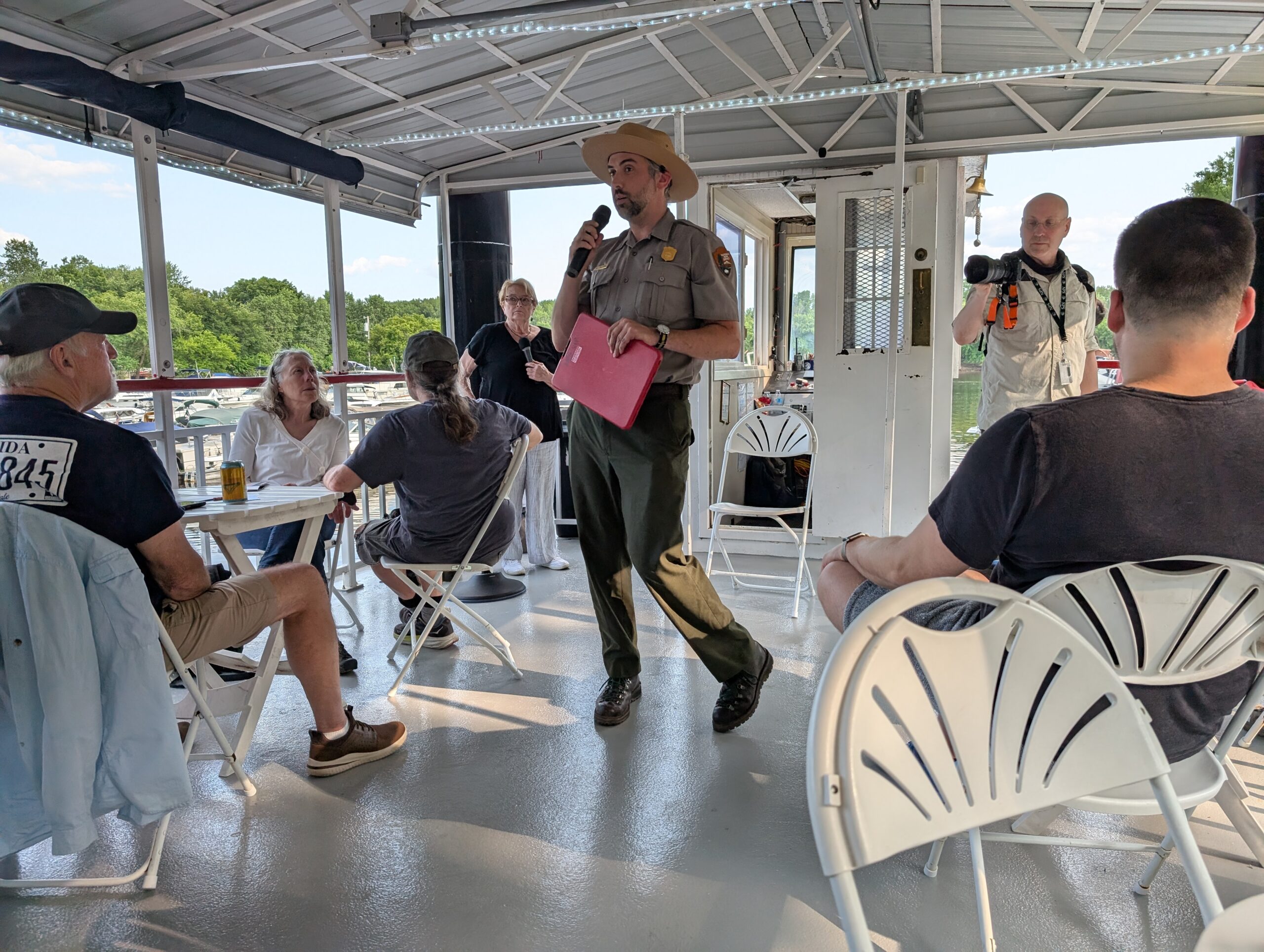
The 17th century marked the arrival of European explorers and fur traders, profoundly impacting the region’s history. French explorers like Daniel Greysolon and Sieur du Lhut navigated these waterways, establishing trade relationships with Indigenous tribes. The fur trade era, dominated by companies like the North West Company and the Hudson’s Bay Company, transformed the rivers into bustling trade routes. Onboard historians often recount tales of adventure, competition, and cultural exchange during this pivotal period.

As the 19th century progressed, the rivers became vital corridors for settlers moving westward. Steamboats were crucial in transporting people and goods, fostering the growth of riverfront towns like St. Paul and Minneapolis. These cities eventually became economic and cultural hubs, driving Minnesota toward statehood in 1858. A history cruise offers insights into the challenges and triumphs faced by early settlers, from navigating the treacherous river currents to establishing thriving communities.
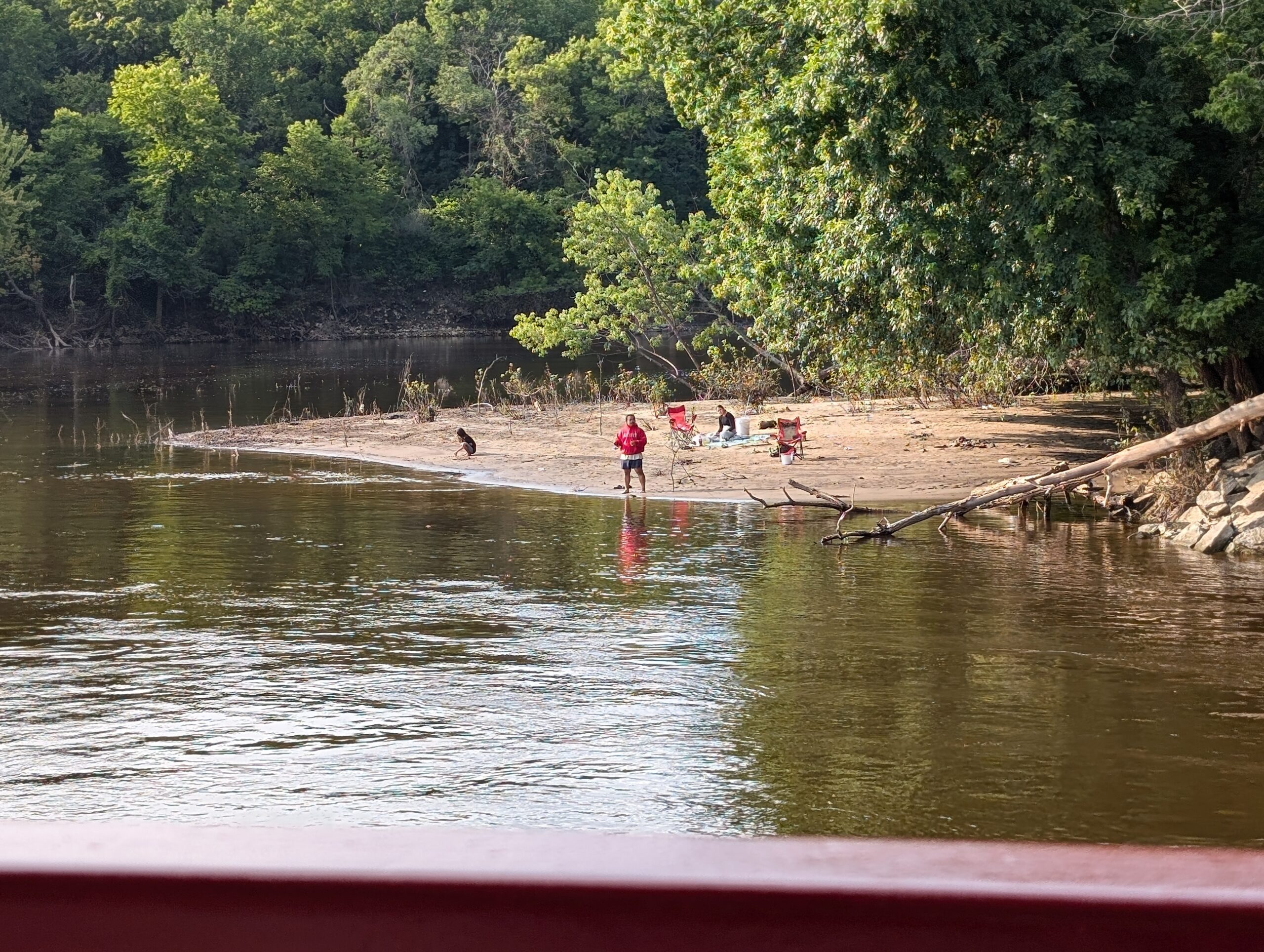
The late 19th and early 20th centuries witnessed significant industrial growth in Minnesota, much centered around the rivers. Lumber mills, flour mills, and iron ore shipments all relied on the waterways for transportation. Minneapolis, known as the “Mill City,” became the world’s leading flour producer, thanks to the power generated by St. Anthony Falls. Cruisers can explore the remnants of these industrial giants, learning how innovation and industry propelled Minnesota into the modern age.

In recent decades, Minnesota has strongly emphasized environmental preservation and sustainability. Efforts to clean and protect the rivers have been paramount, ensuring these waterways remain vibrant ecosystems. Passengers on a history cruise can witness these conservation efforts firsthand and understand the balance between development and preservation that defines modern Minnesota.
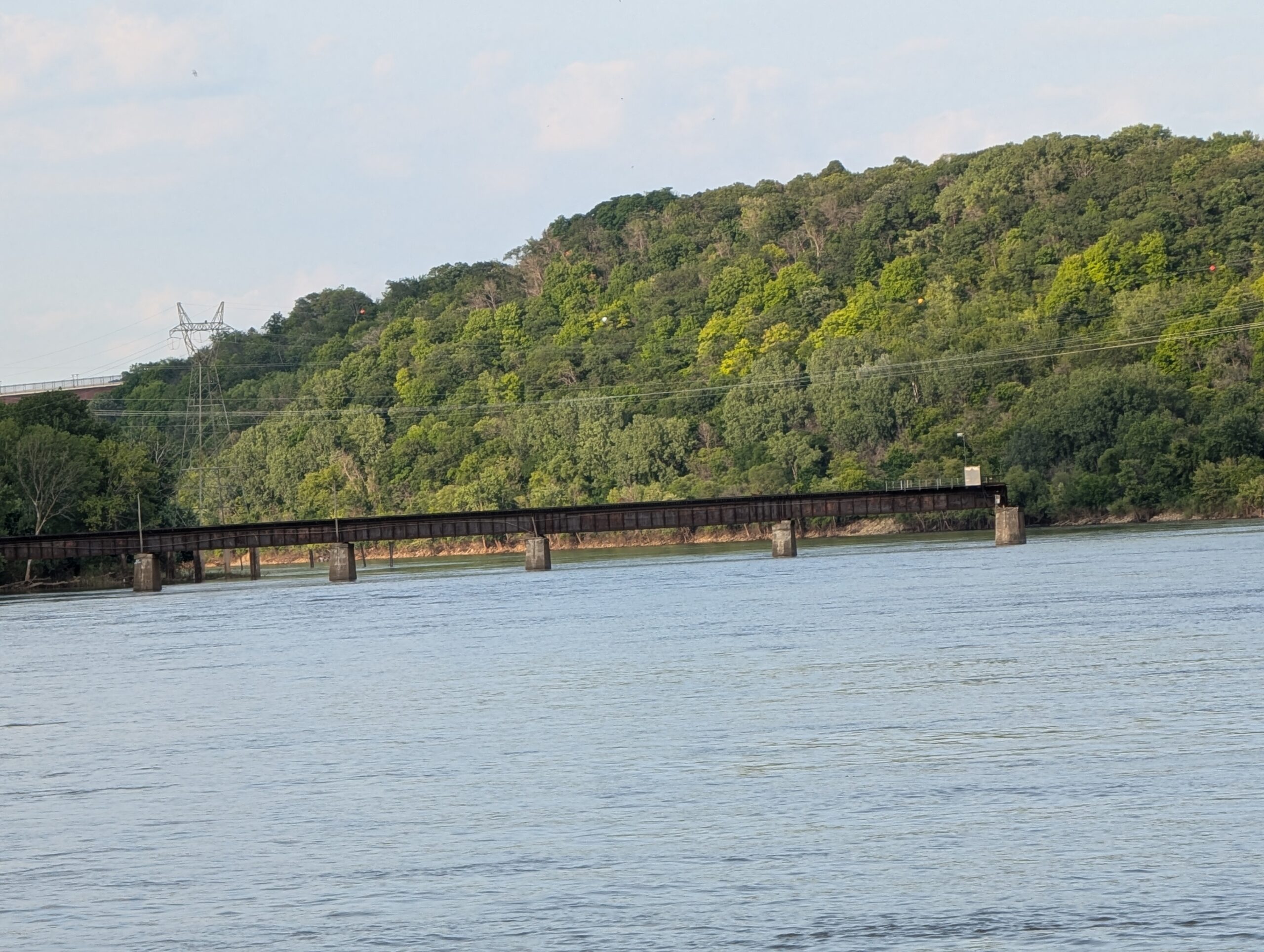
A Minnesota history cruise is not just about grand historical events; it also celebrates the everyday lives of those calling the state home. Stories of Scandinavian immigrants, African American communities, and the diverse mosaic of cultures contributing to Minnesota’s identity are integral parts of the journey. Local narrators, often with personal connections to the stories they tell, bring a human touch to the historical narrative.
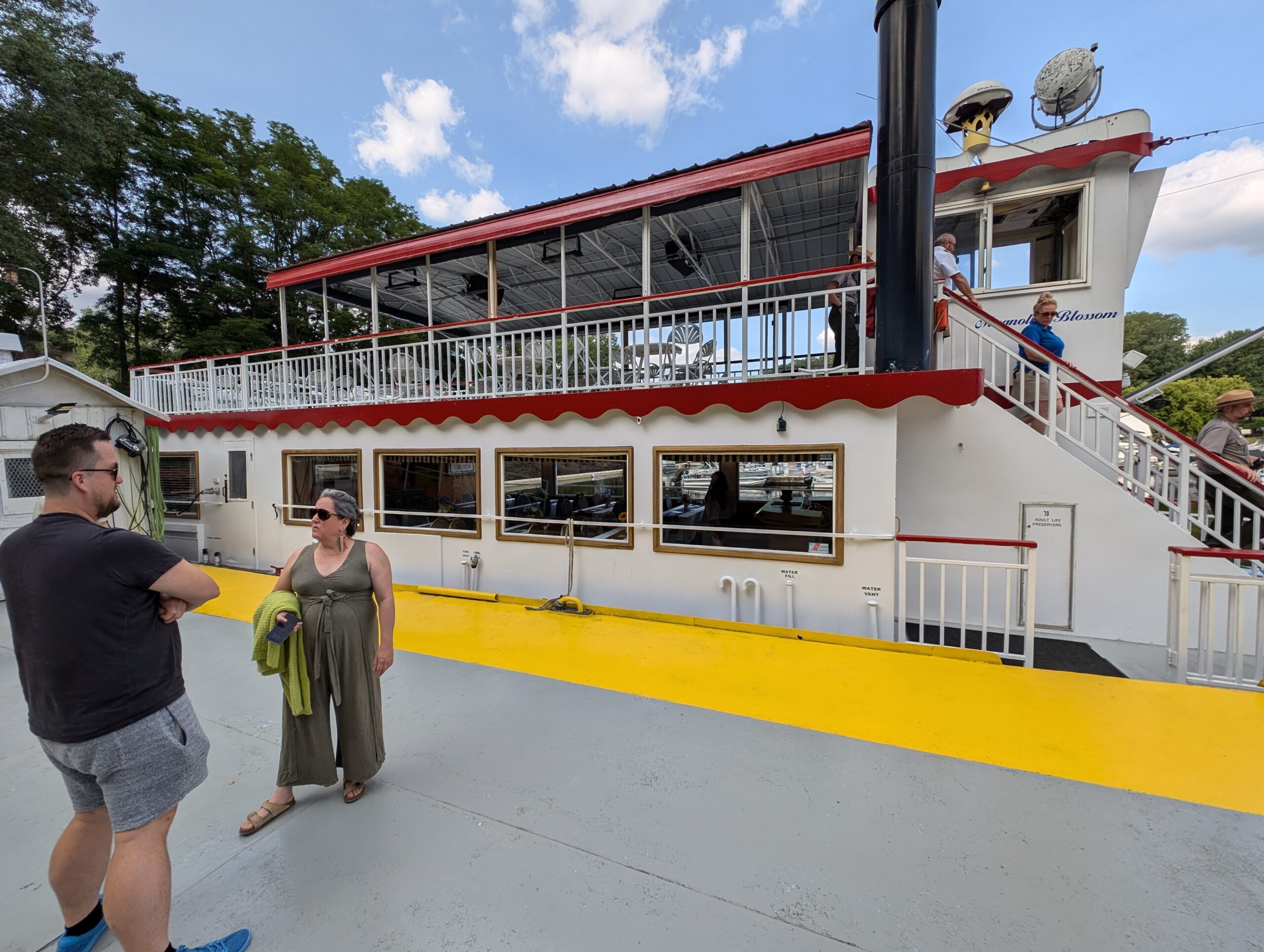
A history cruise along Minnesota’s rivers is a captivating journey through time, offering a comprehensive understanding of the state’s past. From the rich heritage of indigenous peoples and the fur trade era to the challenges of settlement, industrialization, and modern conservation efforts, each phase of Minnesota’s history is intricately tied to its waterways. As passengers disembark, they carry a deeper appreciation for the stories that have shaped Minnesota and the enduring legacy of its rivers.
Today, we’re off to Billy’s with Tom’s siblings and other family members, most certainly sharing stories of Sister Beth and her profound influence on their lives.
Be well.
Photo from ten years ago today, July 19, 2014:

